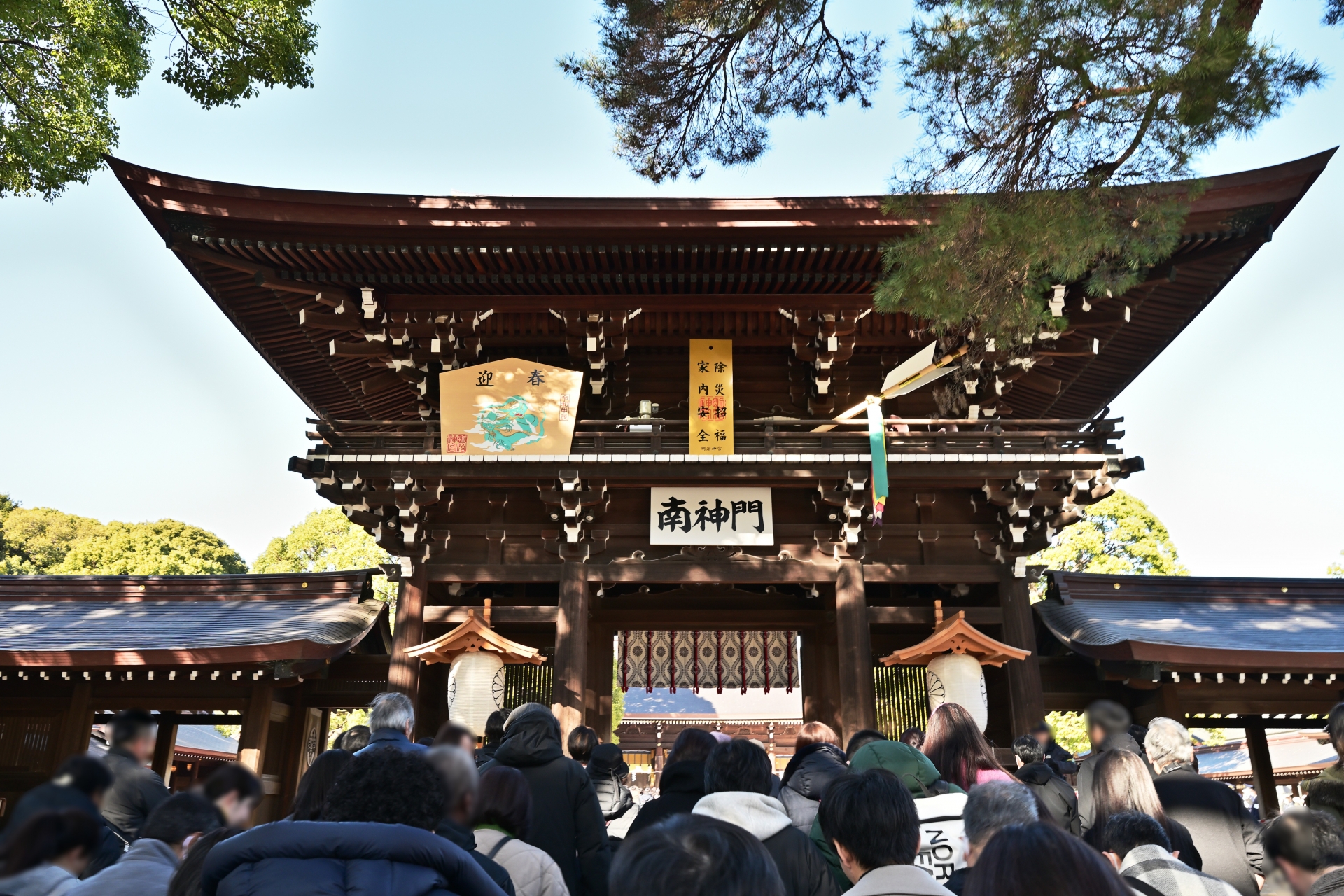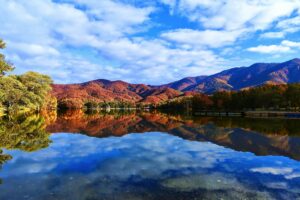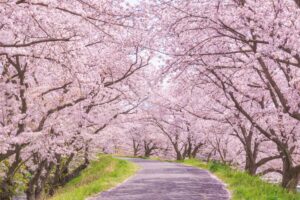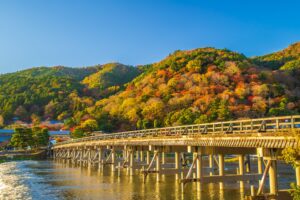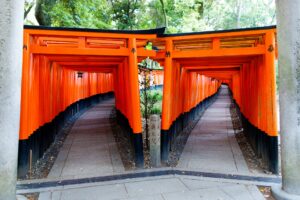Meiji Shrine, located in the heart of Tokyo, is one of Japan’s most revered cultural landmarks. Built in honor of Emperor Meiji and Empress Shoken, this peaceful sanctuary offers visitors a chance to experience Japanese traditions, culture, and history. Whether you’re a first-time visitor or a seasoned traveler, this guide will provide all the information you need for a memorable visit.
The History and Significance of Meiji Shrine
Meiji Shrine, also known as Meiji Jingu, was established in 1920 to honor the spirits of Emperor Meiji and Empress Shoken, who played pivotal roles in modernizing Japan during the Meiji era. This Shinto shrine stands as a symbol of respect for their leadership in transforming Japan from a feudal society into a world power. Though much of Tokyo was destroyed during World War II, Meiji Shrine was carefully reconstructed to preserve its cultural significance.
The shrine’s importance extends beyond its historical roots. Today, it remains a spiritual sanctuary for many and is a prime example of traditional Shinto architecture amidst the urban landscape of Tokyo. Visitors often partake in rituals such as prayers and offerings, enhancing the experience of connecting with Japan’s spiritual heritage.
How to Get to Meiji Shrine: Directions and Transportation
Meiji Shrine is easily accessible from several major areas in Tokyo, including Shibuya and Shinjuku. The most convenient route is via the JR Yamanote Line, with Harajuku Station being the nearest stop. From the station, it’s a short walk through the scenic forested pathway that leads to the shrine’s entrance. Alternatively, Tokyo Metro’s Chiyoda and Fukutoshin Lines serve Meiji Jingu-mae Station, providing additional access.
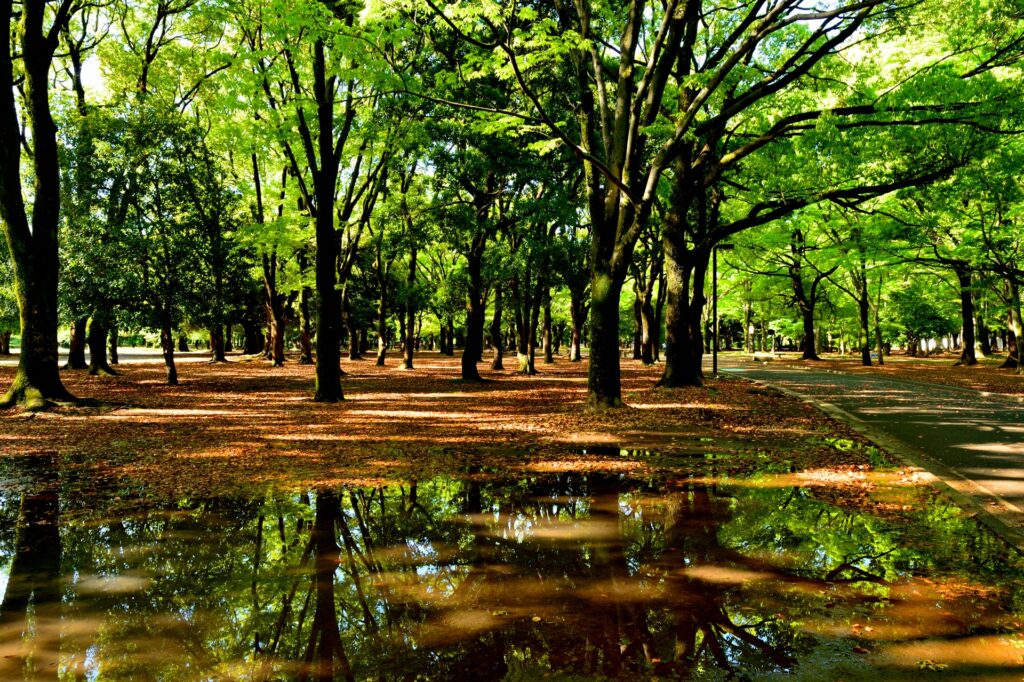
For those interested in nearby attractions, Yoyogi Park is adjacent to the shrine, offering expansive green spaces perfect for a leisurely stroll. The shrine’s central location makes it a perfect addition to any Tokyo itinerary, blending cultural exploration with urban convenience.
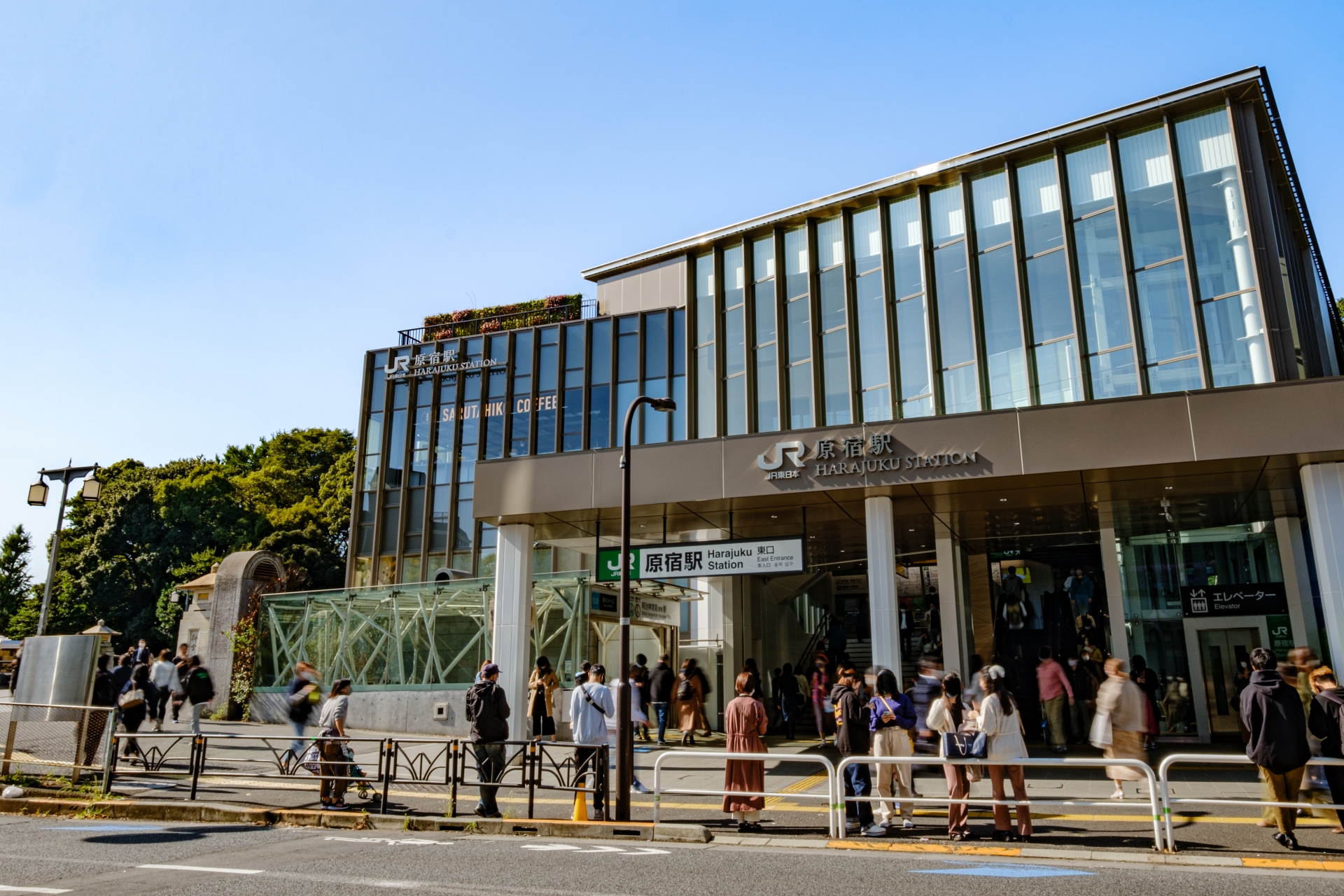
Exploring the Meiji Shrine Grounds: What to See and Do
Visitors to Meiji Shrine can explore various captivating areas within its grounds. The shrine’s impressive Torii gate, one of the largest in Japan, marks the entrance and sets the tone for the tranquil journey that follows. As you walk through the sacred forest of 120,000 trees, you will encounter the main shrine complex, where many come to offer prayers.

In addition to the spiritual experience, you can visit the Ema display, where visitors write wishes on wooden plaques. The Meiji Jingu Treasure House showcases artifacts related to Emperor Meiji, while the Inner Garden is a serene area famous for its iris flowers in June. Visitors are encouraged to engage with the shrine’s spiritual and natural beauty, offering a peaceful retreat from the city’s hustle and bustle.
Events and Ceremonies at Meiji Shrine
Meiji Shrine is not only a cultural landmark but also a popular site for traditional Shinto ceremonies. It is renowned for hosting Shinto weddings, where couples dress in beautiful traditional attire. The shrine also draws large crowds for New Year’s celebrations (Hatsumode), where people come to pray for good fortune in the coming year. Other notable events include seasonal festivals such as Seijin no Hi, a celebration for coming-of-age ceremonies.
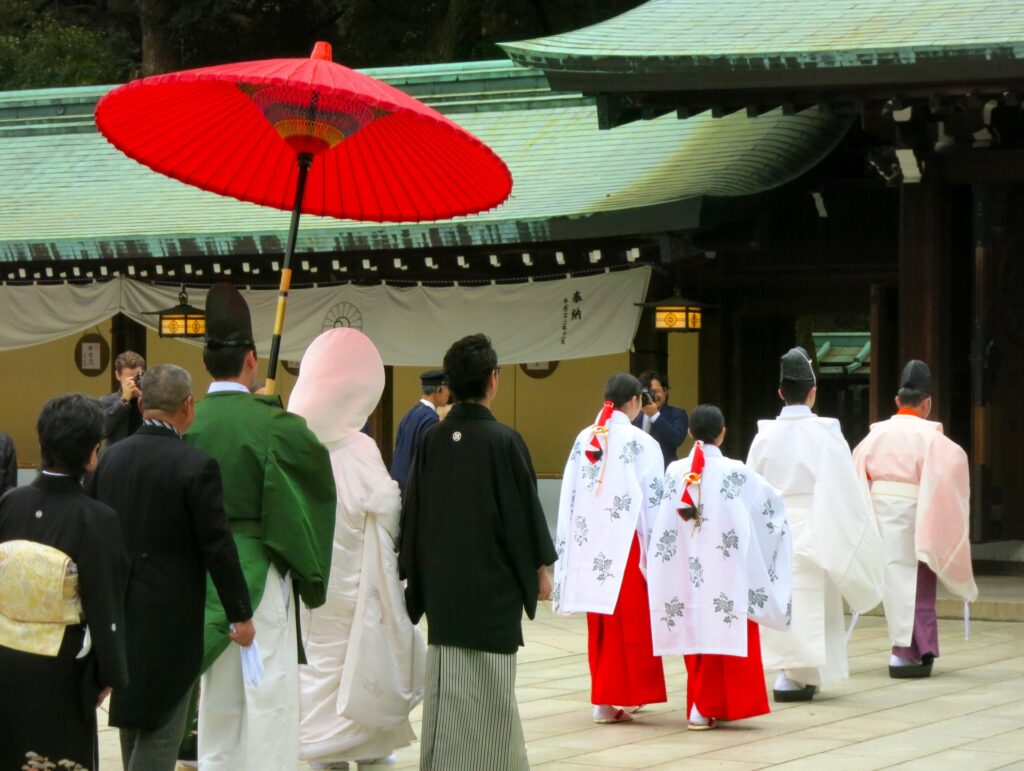
If you are interested in experiencing one of these events, the shrine’s website offers an annual schedule that highlights key dates for ceremonies and festivals. These events provide a unique opportunity to witness Japan’s cultural traditions in practice.
Practical Tips for Visiting Meiji Shrine
When planning your visit to Meiji Shrine, it’s essential to know the opening hours: the shrine is open from sunrise to sunset, with hours varying slightly depending on the season. Entrance to the shrine is free, although some areas, such as the Inner Garden and Treasure House, may require a small admission fee.
For the best experience, consider visiting in the early morning or late afternoon to avoid crowds, especially during peak tourist seasons. The peaceful atmosphere during these times enhances the beauty of the shrine. Additionally, the shrine grounds offer basic amenities such as restrooms, and there are gift shops where you can purchase amulets and other souvenirs. Nearby, you’ll also find cafes and restaurants for a relaxing meal after your visit.
Best Times to Visit: Meiji Shrine Through the Seasons
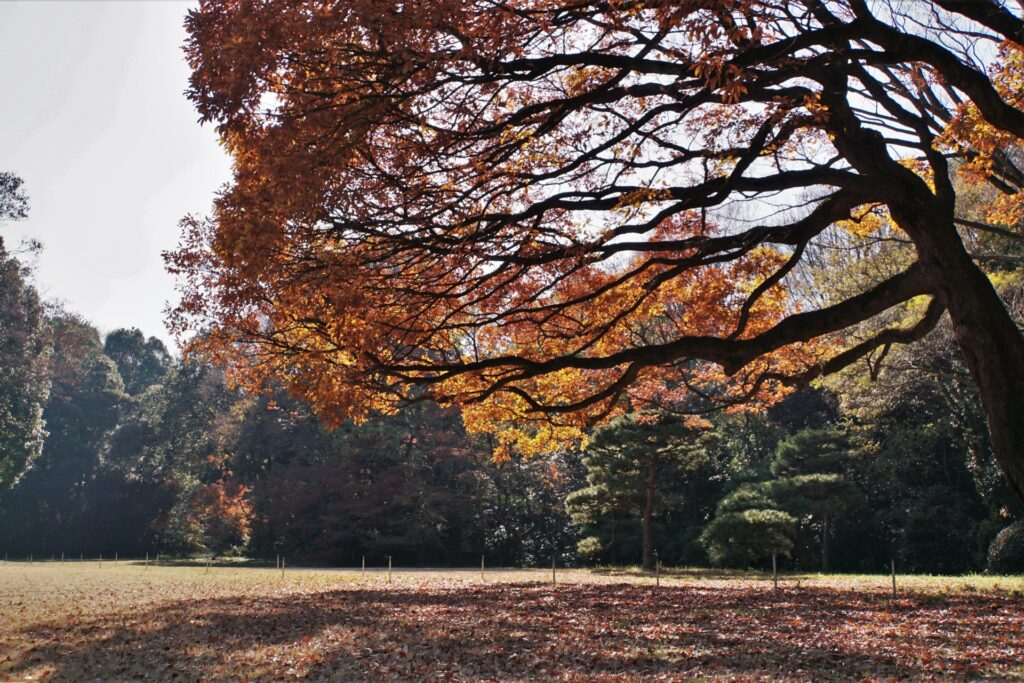
Meiji Shrine is a year-round destination, but its appearance changes with the seasons, offering unique beauty throughout the year. In spring, the area near the shrine becomes particularly picturesque with cherry blossoms in full bloom, making it a photographer’s paradise. Summer brings lush greenery, and autumn is perhaps the most stunning season, with vibrant autumn leaves providing a colorful backdrop to the shrine’s traditional architecture. Even winter has its charm, as the calm and serene atmosphere is perfect for quiet contemplation.
For those who enjoy Japan’s festivals, visiting during New Year’s celebrations or other traditional events can add to the cultural experience. No matter when you visit, Meiji Shrine offers a peaceful retreat and a window into Japan’s rich heritage.
Photographing Meiji Shrine: Top Scenic Spots
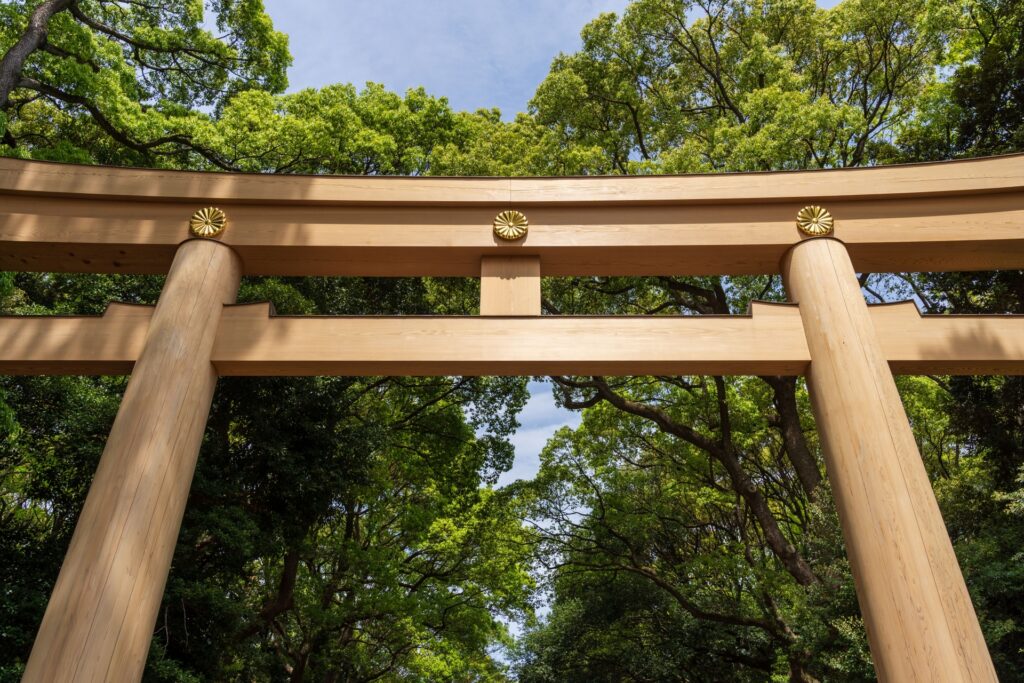
Meiji Shrine offers numerous opportunities for photographers to capture stunning images. The grand Torii gate at the entrance is one of the most iconic photo spots, symbolizing the transition from the modern world to the sacred grounds. The Inner Garden is another favorite, especially during cherry blossom and iris bloom seasons. For those interested in capturing the grandeur of traditional Shinto architecture, the main shrine complex offers an excellent subject, framed by the surrounding forest.Seasonal changes, including autumn leaves and winter snows, provide unique backdrops for photos, making Meiji Shrine an ideal location for both amateur and professional photographers alike. Don’t forget to explore the quieter areas of the forest for serene nature shots that contrast beautifully with the city life just beyond the shrine’s gates.

